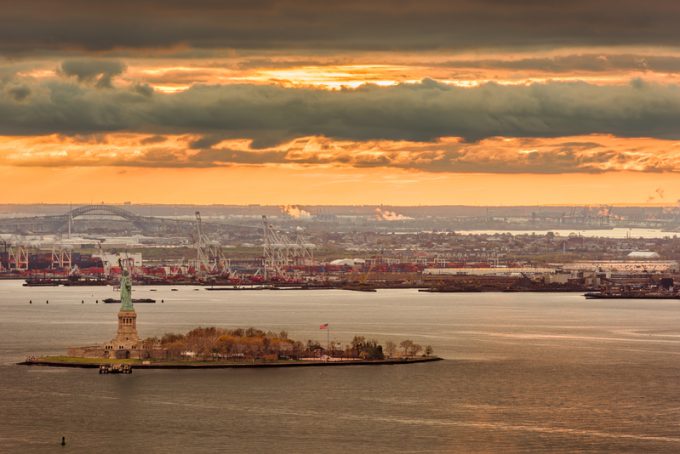South Korea's LX Pantos acquires logistics hub in US
South Korean 3PL LX Pantos said yesterday it had teamed with state-backed maritime financial institution ...

Having already outstripped Long Beach as a bigger US import container hub, the port of New York & New Jersey is close to usurping Los Angeles at the top of the rankings.
The reason is the accelerating coastal shift of imports from west to east.
According to the latest data compiled by Blue Alpha Capital, NY&NJ saw imports jump 15% year on year in December, to 411,924 teu, while at Los Angeles volumes decreased by 9.3%, to 417,794 teu.
Indeed, NY&NJ’s ascendancy in ...
Macron calls for ‘suspension’ – CMA CGM's $20bn US investment in doubt
Trump tariffs see hundreds of cancelled container bookings a day from Asia
De minimis exemption on shipments from China to the US will end in May
Forwarders stay cool as US 'liberation day' tariffs threaten 'global trade war'
Mixed response in US to 'Liberation Day', while China leads wave of retaliation
Tariffs and de minimis set air freight rates on a volatile course
Overcapacity looms for ocean trades – with more blanked sailings inevitable
'To ship or not to ship', the question for US importers amid tariff uncertainty

Comment on this article